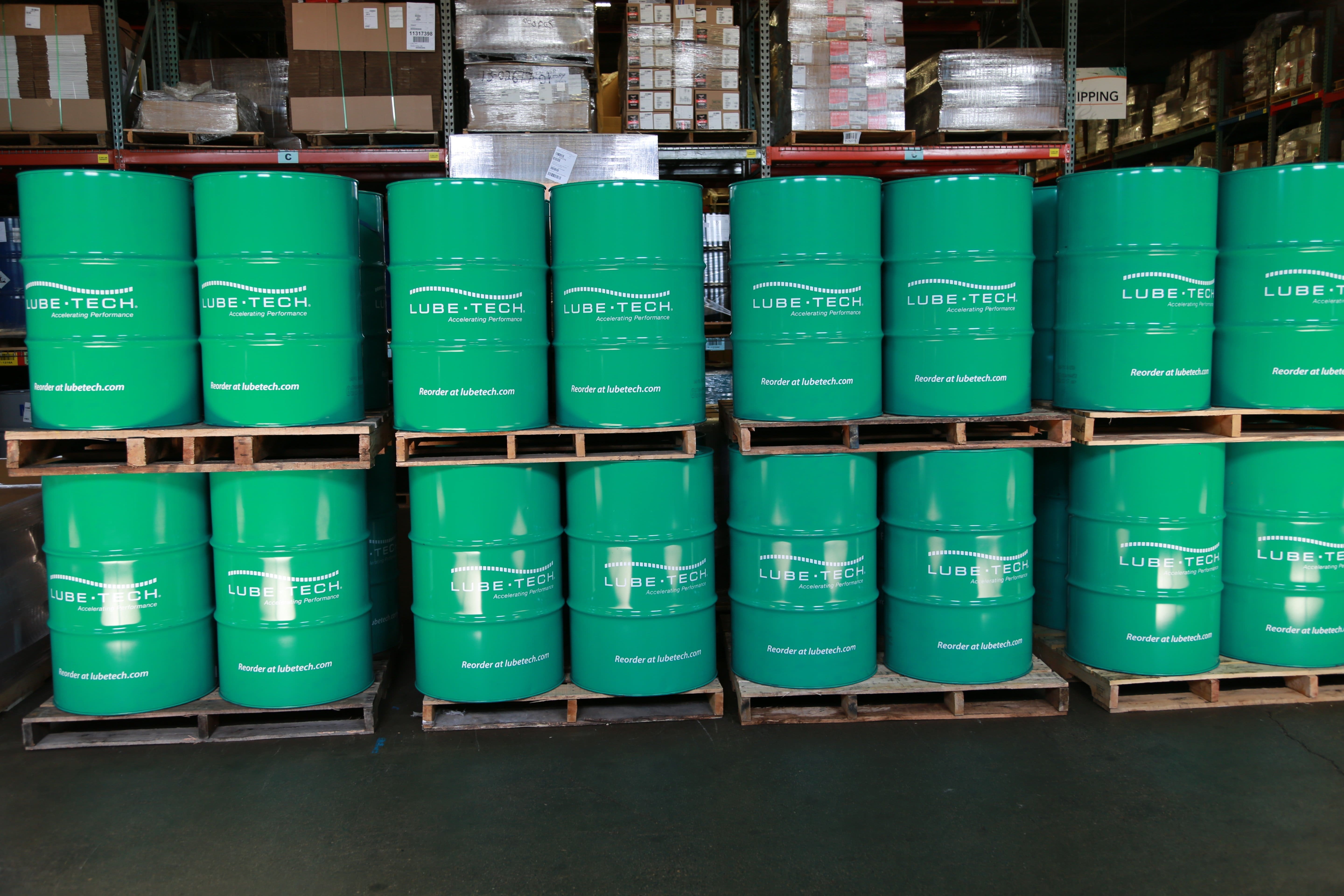
With increased health and safety regulations surrounding lubricants, it is important to put an emphasis on practicing safe and effective lubricant storage and handling procedures in an industrial environment. These practices will ultimately ensure proper lubricant use, reduce the risk of cross contamination, and improve occupational safety.
Indoor Storage
Lubricants should be stored in a safe and accessible location within an industrial facility. Taking the time to organize an indoor storage location promotes correct lubricant use and safety improvements.
- Store lubricants in a facility that is dry, covered, and has secondary containment. Maintain lubricant storage location temperature between 60 and 100°F
- Consolidate products to a necessary minimum. This reduces the risk any chance for confusion and mixing of products
- Keep track of lubricant usage to optimize storage, turnover rates, and order frequency. This is easier if lubricants are stored in one central location
- Make sure old stock is constantly be rotated through using an organized first-in, first-out strategy
Outdoor Storage
Lubricant quality degrades drastically with direct sunlight and water contamination. Therefore, outdoor lubricant storage is not highly recommended. However, if lubricants are stored outdoors, steps can be taken to minimize lubricants’ exposure to the elements.
- Monitor order quantities to ensure that lubricant stock is being turned over to minimize exposure
- Store drums horizontally on racking in a covered facility. If horizontal racking is not possible, make sure drums are tilted slightly to keep water from entering drums
- Whenever possible, make sure water-based fluids are stored indoors since extreme temperatures can cause either freezing or evaporation

Lubricant Handling Practices
When transferring lubricants from one location to another, it is important to make sure the lubricant dispensed from the drum or tote retains its properties and cleanliness as it reaches its destination.
- All lubricant vessels must be clearly labeled to reduce changes of cross contamination. Generally, color and/or shape labels are used
- Make sure to use designated pumps and piping when transferring lubricants
- Avoid using open or dirty containers for transfer purposes
